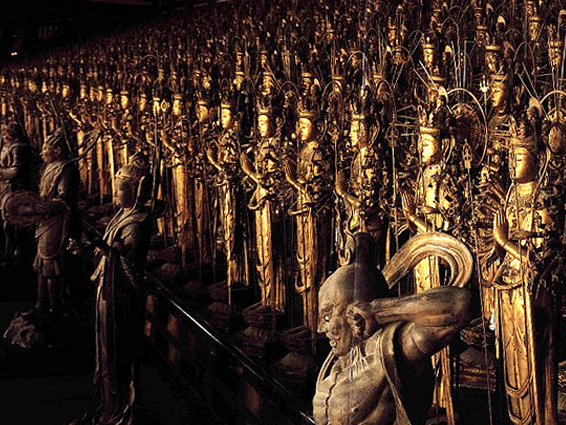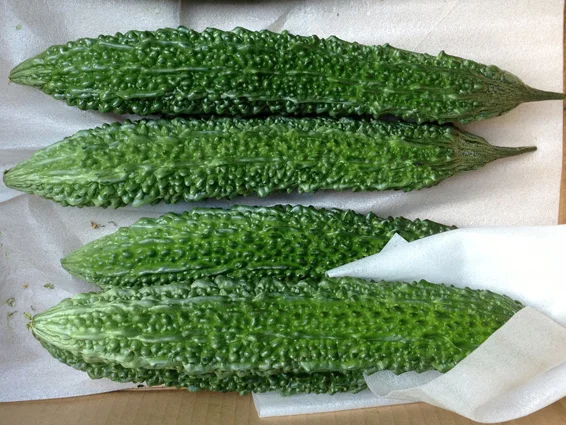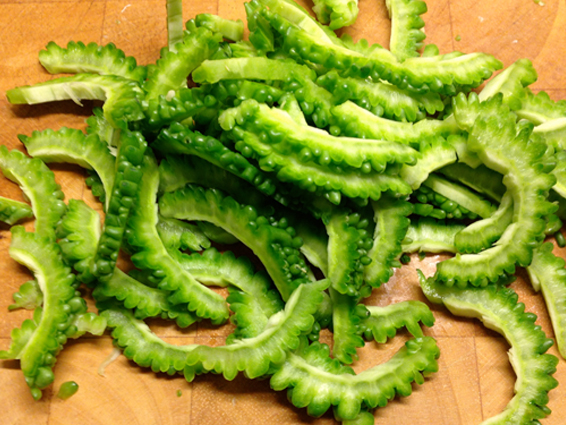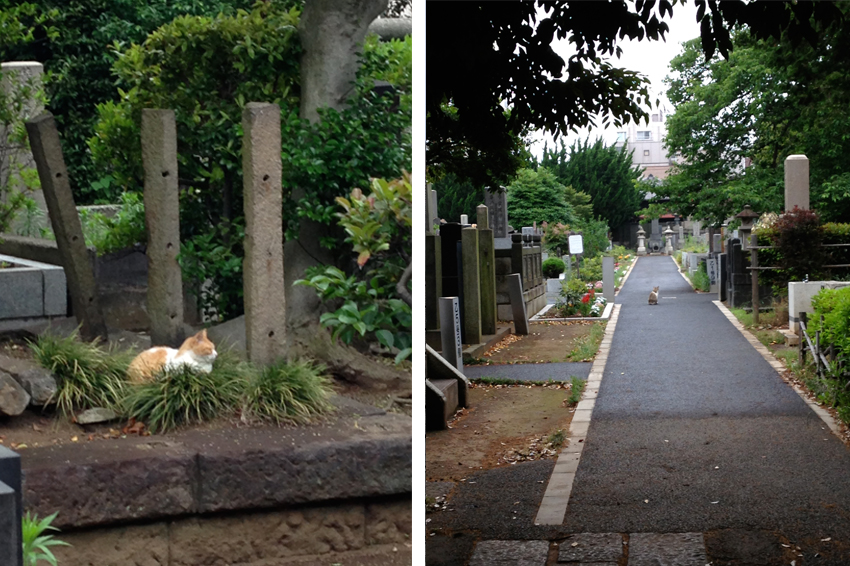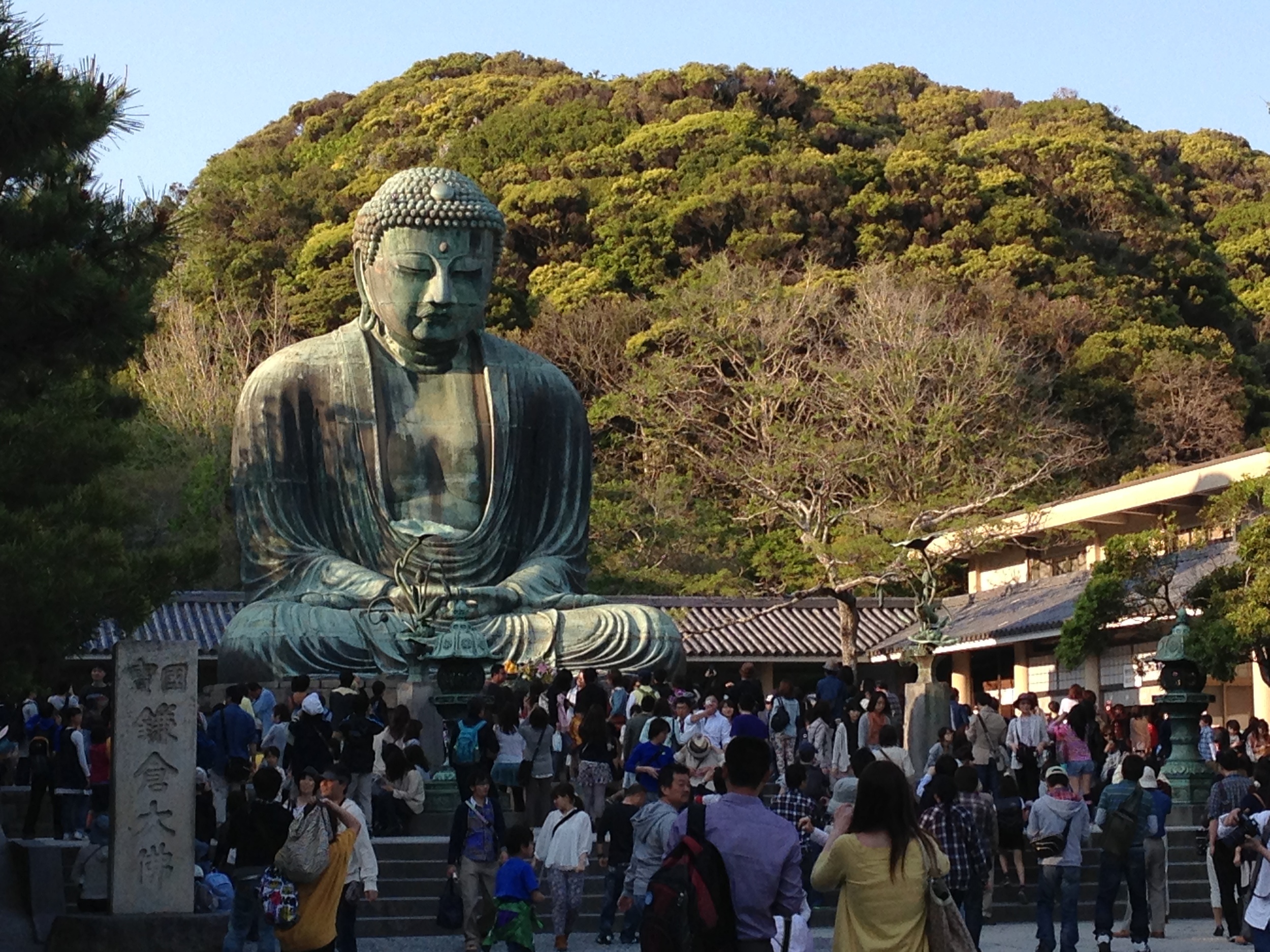West of Tokyo and First Foray into Kyoto
/I'm finally putting together the "report" from the last two trips taken in Japan during the end of the year in 2013.
WEST OF TOKYO
The first was a 5 day road trip west of Tokyo. Boarding the Shinkansen (bullet train) from Tokyo station to Nagano. From there, a rented car facilitated a drive to Matsumoto, Takayama and through to Kanazawa. The return trip to Tokyo was once again by train from Kanazawa.
As the train left Tokyo, an interesting ad on the side of a building, offering "lip service".
Many of us who are conscious of WWII history forget that the swastika is an ancient symbol of Buddhism for peace and good. Here, the symbol is stark and dynamic on the bunting seen from afar at the massive Zenkoji Buddhist temple in Nagano.
The first night in Nagano was a rustic experience at the "Jigokudani Yaen Koen - Monkey valley Ryokan and Onsen". In other words, a traditional Japanese bed-and-breakfast type of hotel where one sleeps on futons laid out in tatami mat rooms, with hot spring baths available as part of the experience. Some of these Ryokans can be pretty fancy but this one could do with a major renovation. Still, there was an outdoor Onsen (hot spring soaking bath, circled in the picture), and since it was set so much out in the open, it was not uncommon that the monkeys, at sunset, would also take a soak in it, even with humans.
A series of loud whistles pierced the cold air over breakfast the next morning. To my great delight, a pipe-piper scene transpired. A park ranger was literally leading what seemed like 100 monkeys into the monkey park on the other side of the ravine. Several of them chose to deviate from the troop and ran through the Ryokan! No wonder there were signs everywhere to keep the doors shut at all times.
At the designated "Monkey Onsen", one can stroll among these unique creatures. For the most part, they were not interested in people and went about their own business. The park rangers feed them as they are a major tourist attraction there. They have their own webcam and website trained on their own Onsen spot. (http://www.jigokudani-yaenkoen.co.jp/english/html/top_e.htm)
Matsumoto castle at night masquerading as a pyramidal licorice stack.
There was an opportunity to stay at a Gassho Zukuri house in Ainokura. These are designated Unesco cultural treasures. This one has been in the owner's family for 11 generations. In the middle of the "living" room, there was a sunken hearth where traditionally food would be cooked. Again, the guest rooms were Ryokan style with futons on the tatami mat floors.
A most charming puppet mechanical hut in Takayama. For the price of 100 yen, a little doll would emerge from her house and deposit a tiny rolled up fortune scroll for you, with haunting temple flute music playing during her approach to the deposit box, flanked by Inari "fox" statues.
At the Kenroku-en Gardens in Kanazawa, what looked like a beautiful art installation turned out to be traditional methods of securing pine trees with rope, to provide support for the branches during the heavy snow falls during the winter.
Although pressed for time in Kanazawa, a visit to the Noh museum was not to be missed. A petite fox mask stole the show in my books. As part of the activities offered at this museum, visitors can try on a full Noh costume, complete with a mask. A large array of them were on display and could be examined.
KYOTO BY NIGHT AND DAY
The main reason for the trip to Kyoto was to see the night illuminations, this one is of the "kimono forest". A series of lighted tubes with patterns based on kimono textiles guiding the way to the train station.
Large hand painted paper and reed lanterns by the river.
Exquisite rock gardens at Daitoku-ji temple. It's actually a cluster of small temples in one area and only 6 of the 24 temples are open each day.
This is an image from the Sanjusangendo, a Buddist temple in Kyoto known for its 1001 statues of Kannon. I did not take this picture as photography was not allowed but found this on the internet (on http://jvcic.blogspot.jp/2010/05/breathtaking-sanjusangendo.html). It was a stunning sight to see row upon row of gold painted wooden carvings, no two completely alike, for as far as the eye could see when you first entered the space. An arresting memory to leave Kyoto with.













